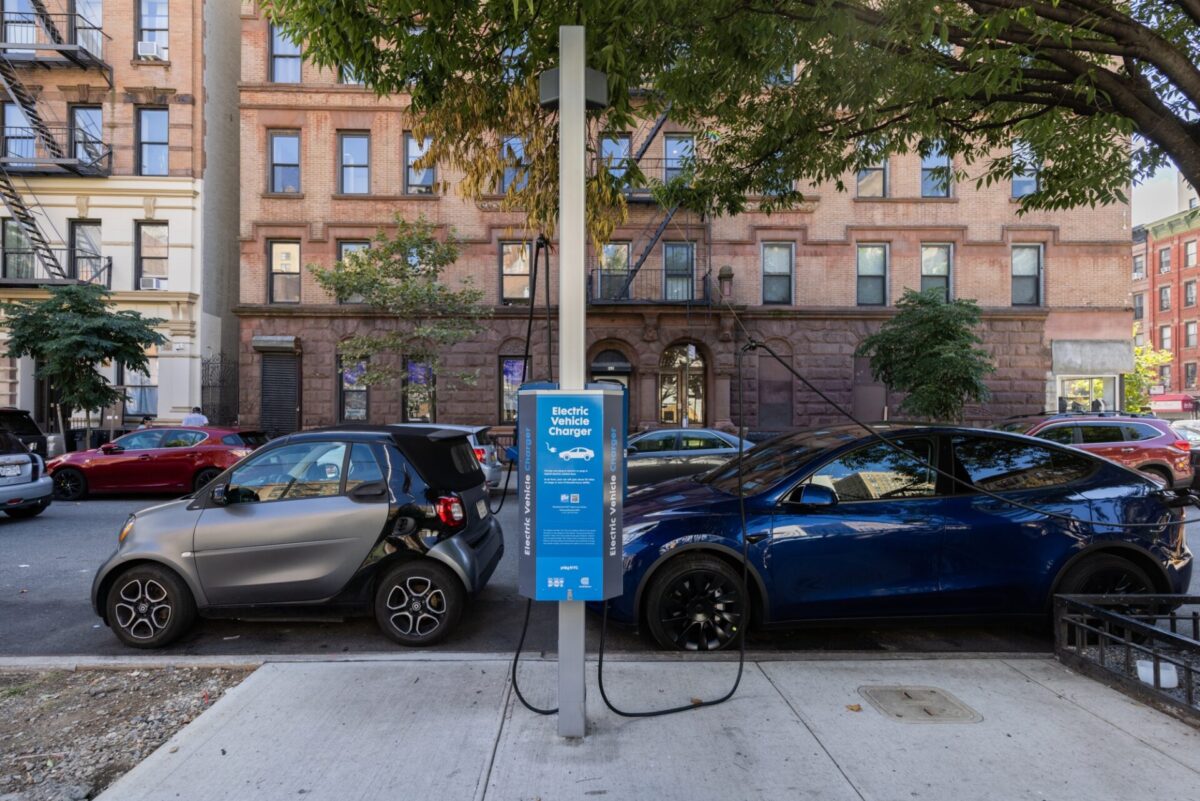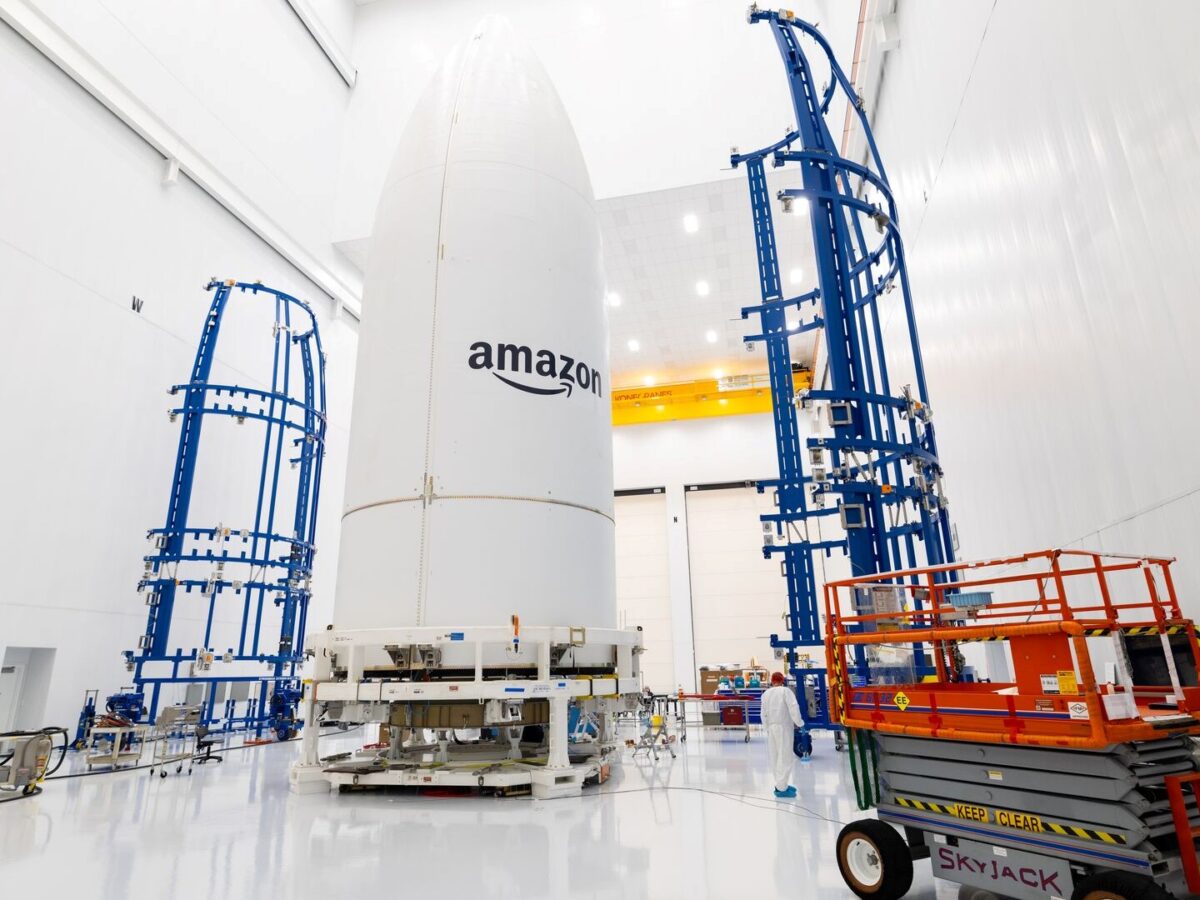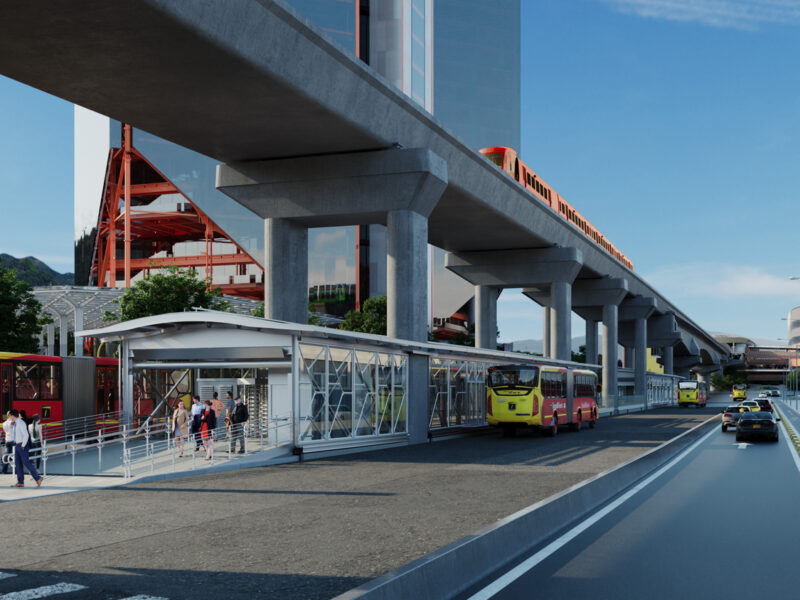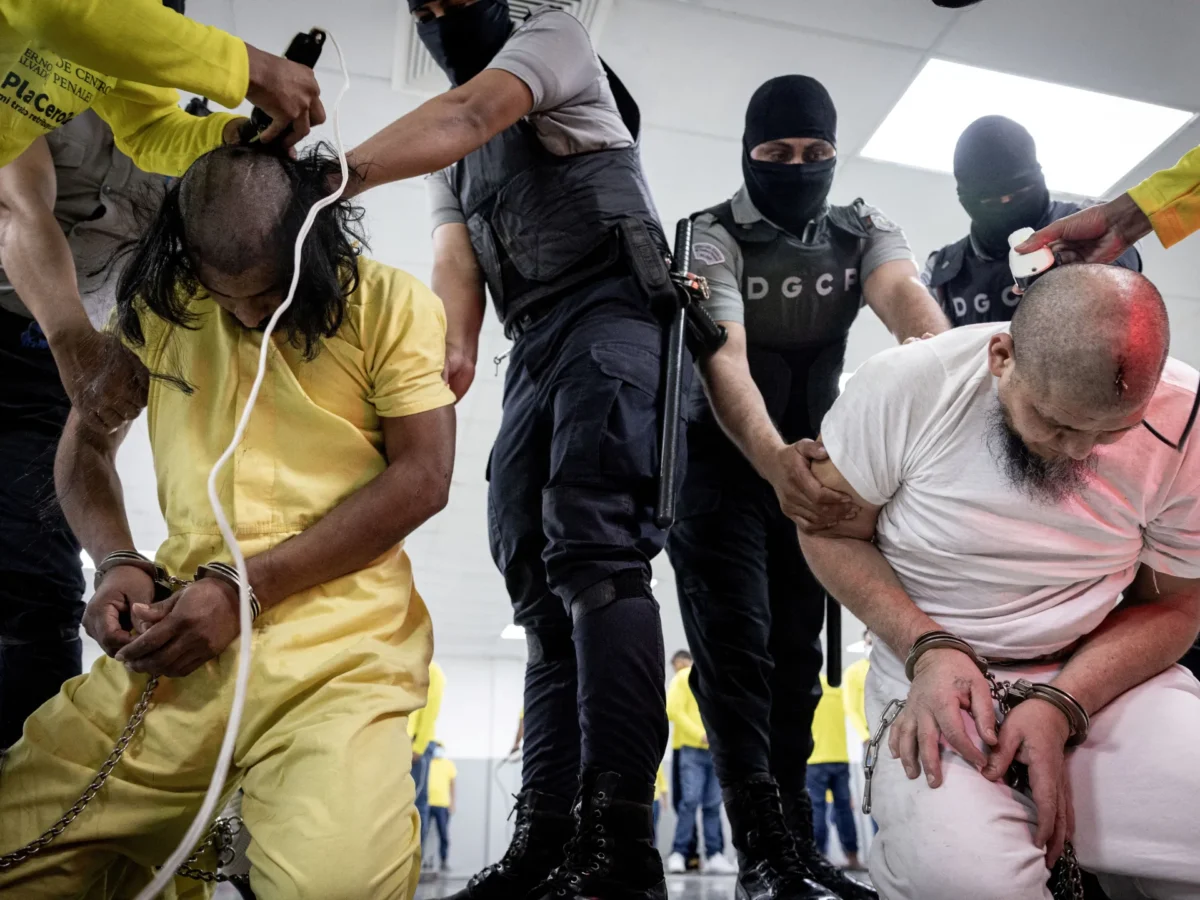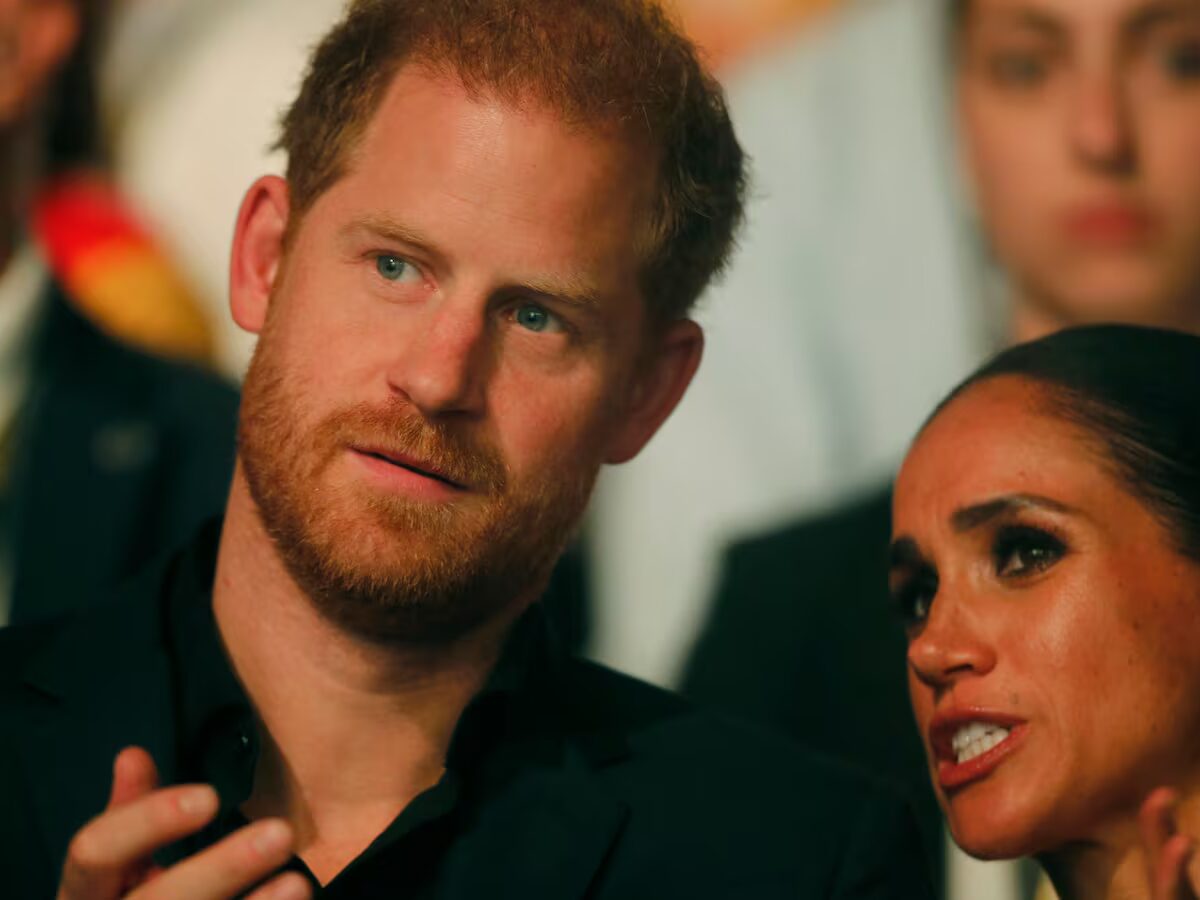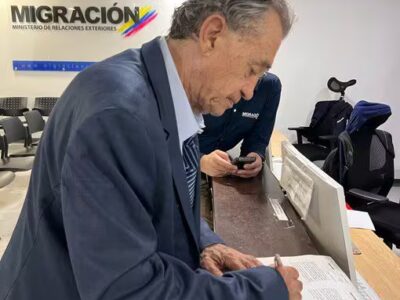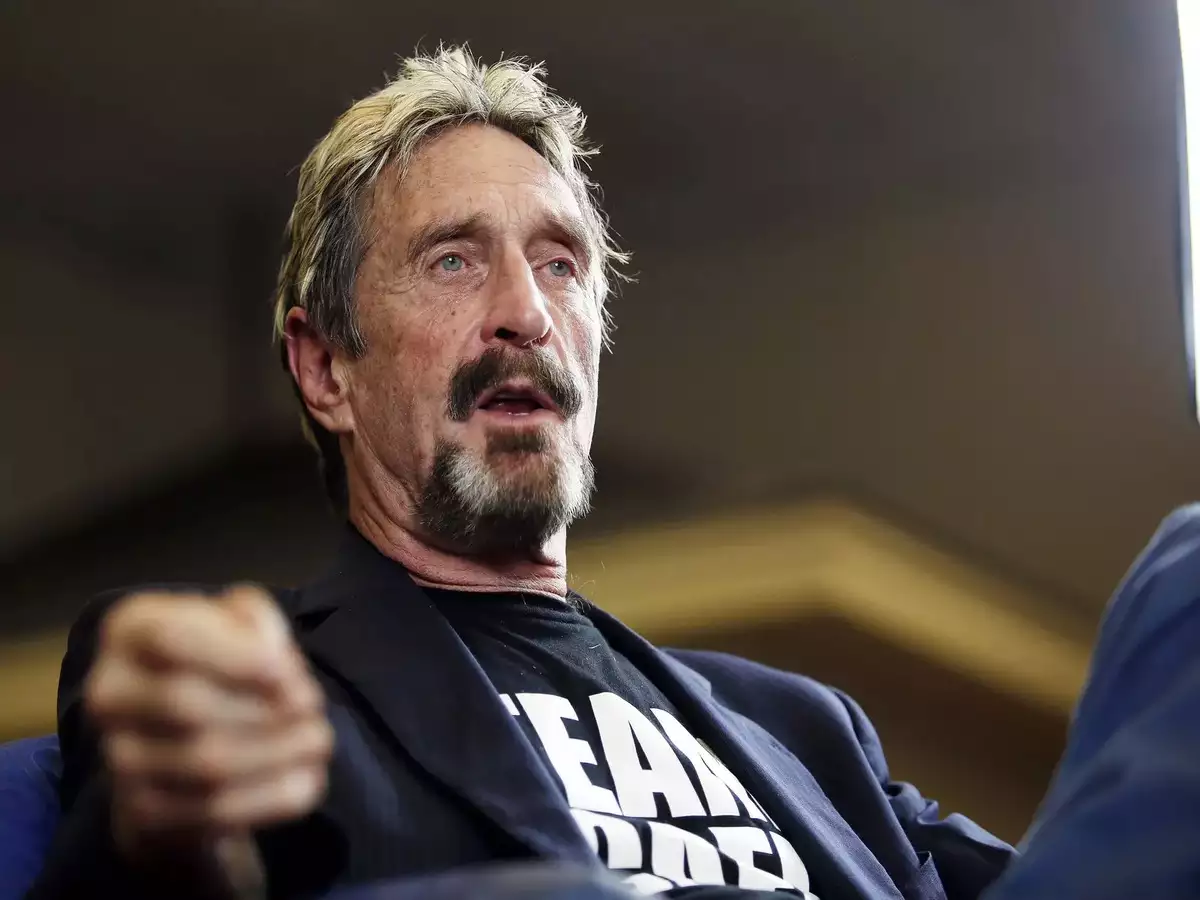New York is witnessing a surge in electric vehicle (EV) adoption, driven by a citywide push to reduce emissions. However, the existing charging infrastructure is inadequate to meet the growing demand. With around 2,200 public charging stations currently available, this represents a mere fraction of the 40,000 targeted by 2030.
Challenges in Charging Infrastructure
Electric vehicle owners face significant hurdles due to the limited number of charging stations. This scarcity often leads to damaged equipment and blocked access points. Reports indicate a high usage rate of Level II chargers and frequent blockages by gasoline vehicles.
Stephanie Doba from Brooklyn expressed frustration, highlighting how blocking chargers impacts real people, drawing a parallel to blocking a gasoline pump and walking away. This issue is compounded by logistical challenges in expanding the charging network, including community requirements and municipal use of public spaces.
Adoption and Expansion Efforts
New York aims to achieve net-zero vehicle emissions by 2050, with a goal of electric cars comprising 20% of new registrations by 2030. To support this, the city is piloting programs with companies like FLO Inc. and Tesla to increase curbside charging options. Yet, these efforts face slow progress due to high costs and electrical grid limitations.
Residents like Sal Cameli have resorted to creative solutions, such as running cables from their homes to their cars. Meanwhile, companies like EVgo and FLO are actively working to expand the network and improve the infrastructure, aiming to install 40,000 Level II chargers and 6,000 fast chargers by 2030.
Future Prospects
Despite the current challenges, there is optimism that improved charging infrastructure will better serve EV owners and contribute significantly to emission reduction efforts. This transition to sustainable vehicles is crucial for New York’s environmental goals and the broader fight against climate change.

Open your account on Disney+ and you will have access to movies like Spiderman, Lightyear, Cruella and Pinocchio. You can also watch Star Wars series like The Mandalorian, Andor and The Book of Boba Fett.

